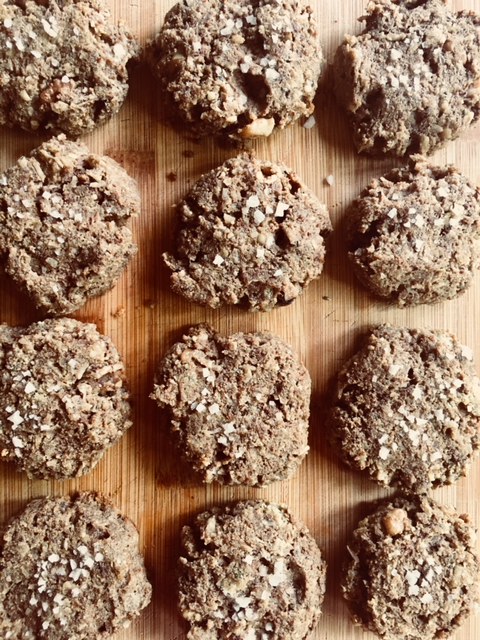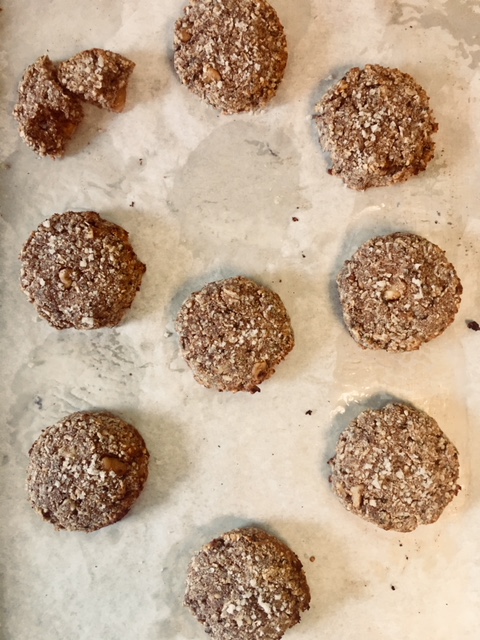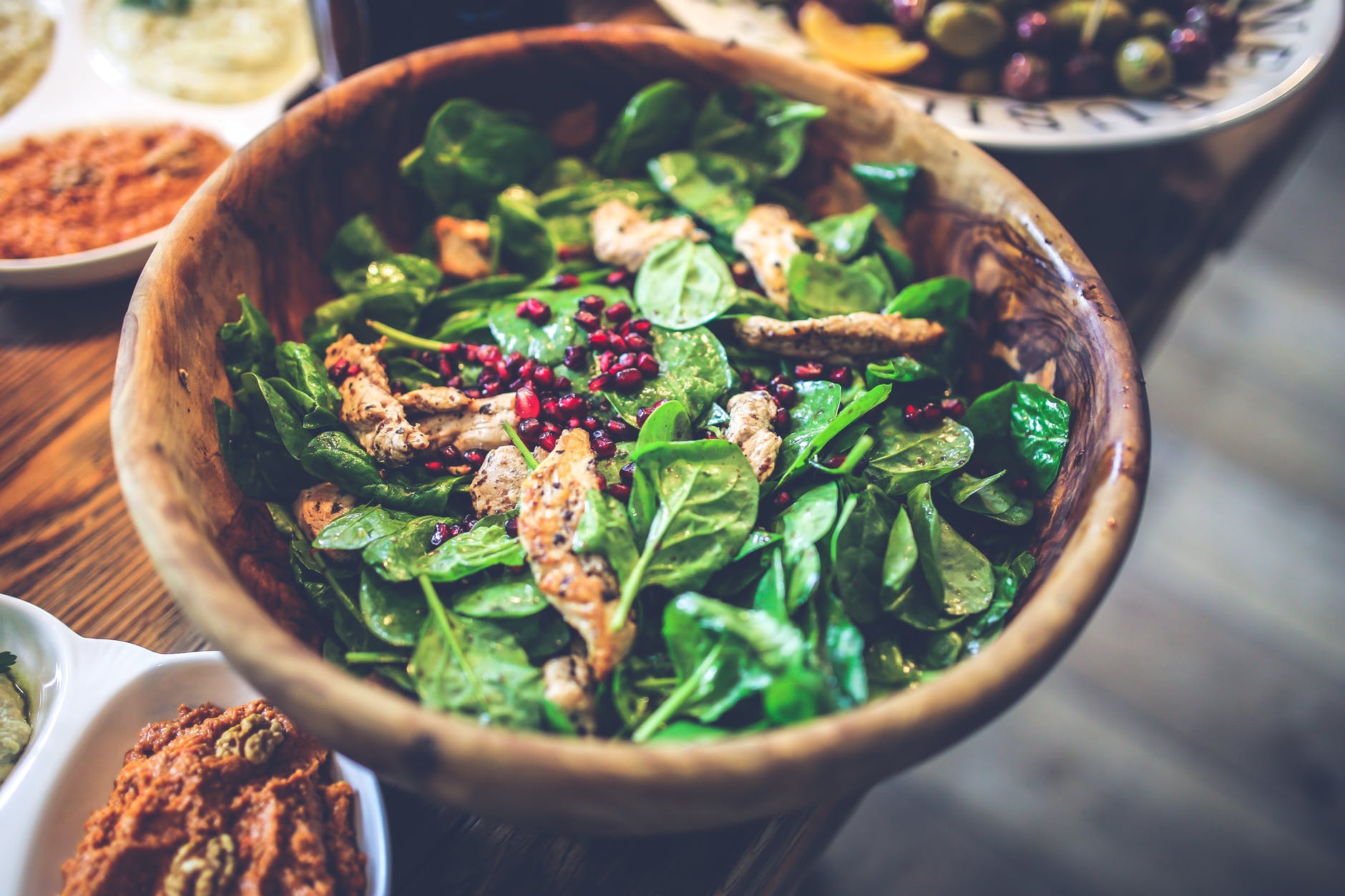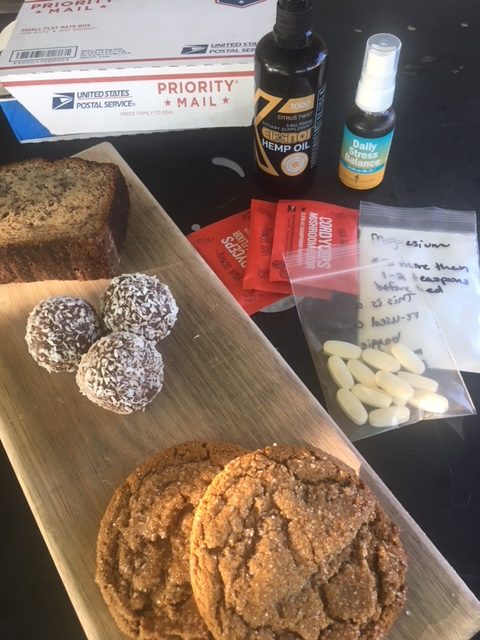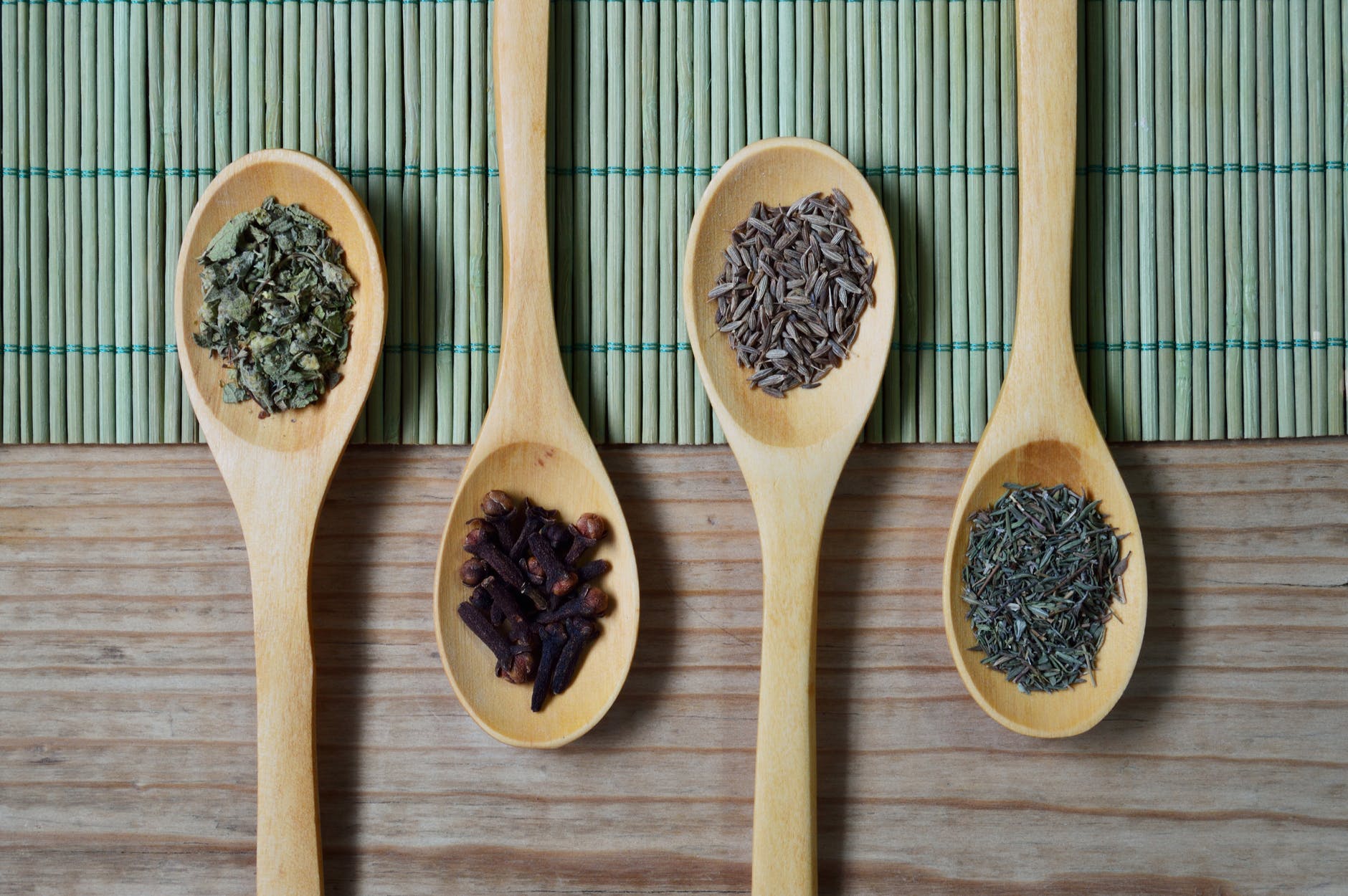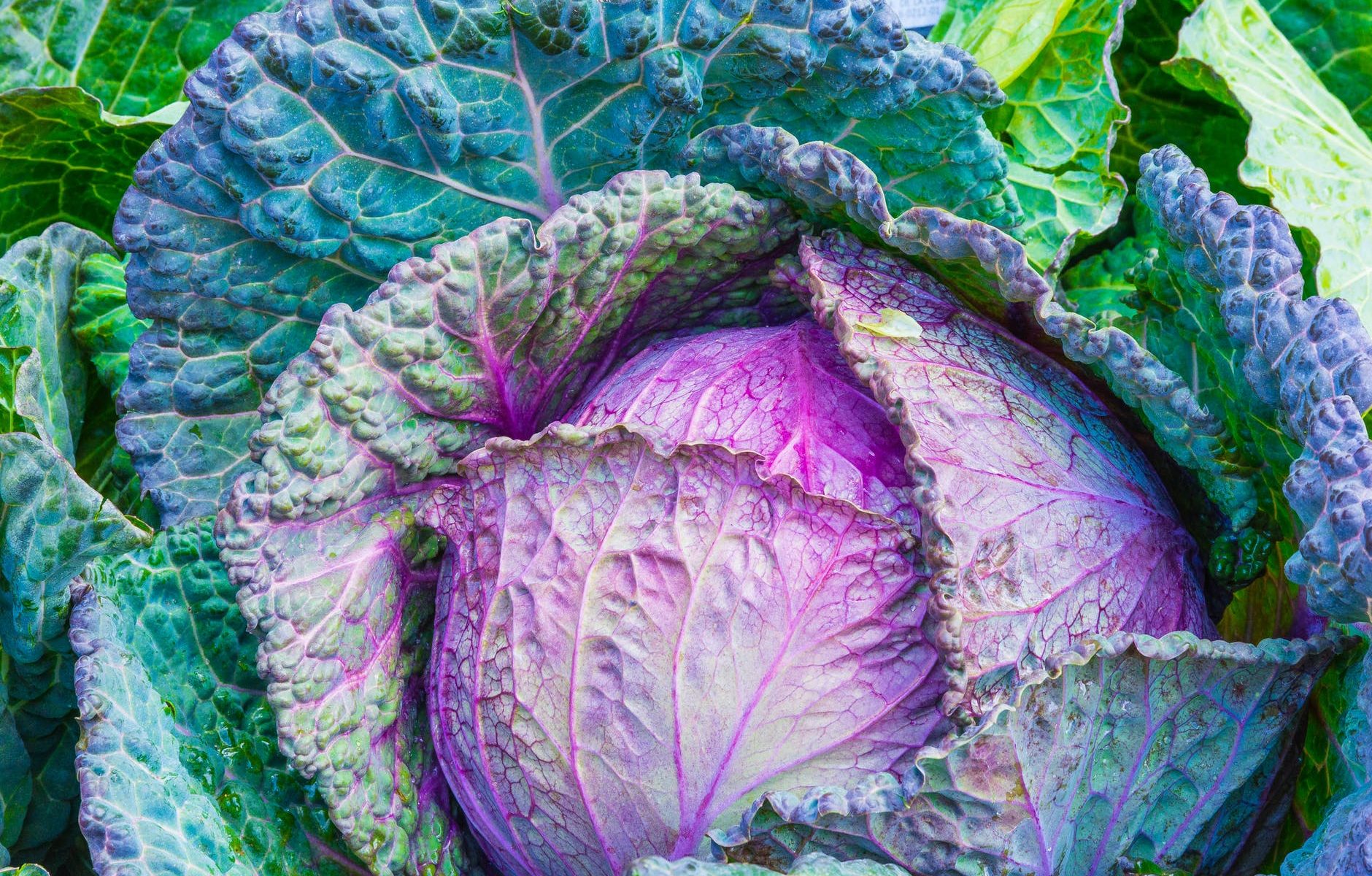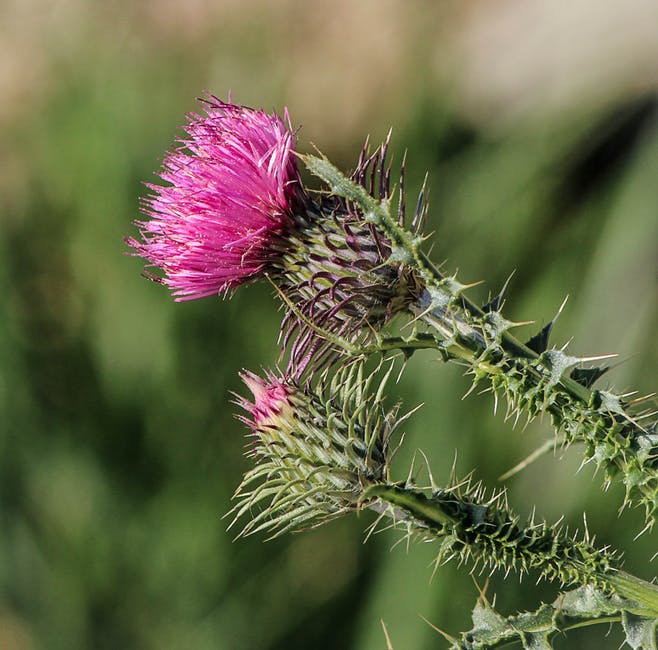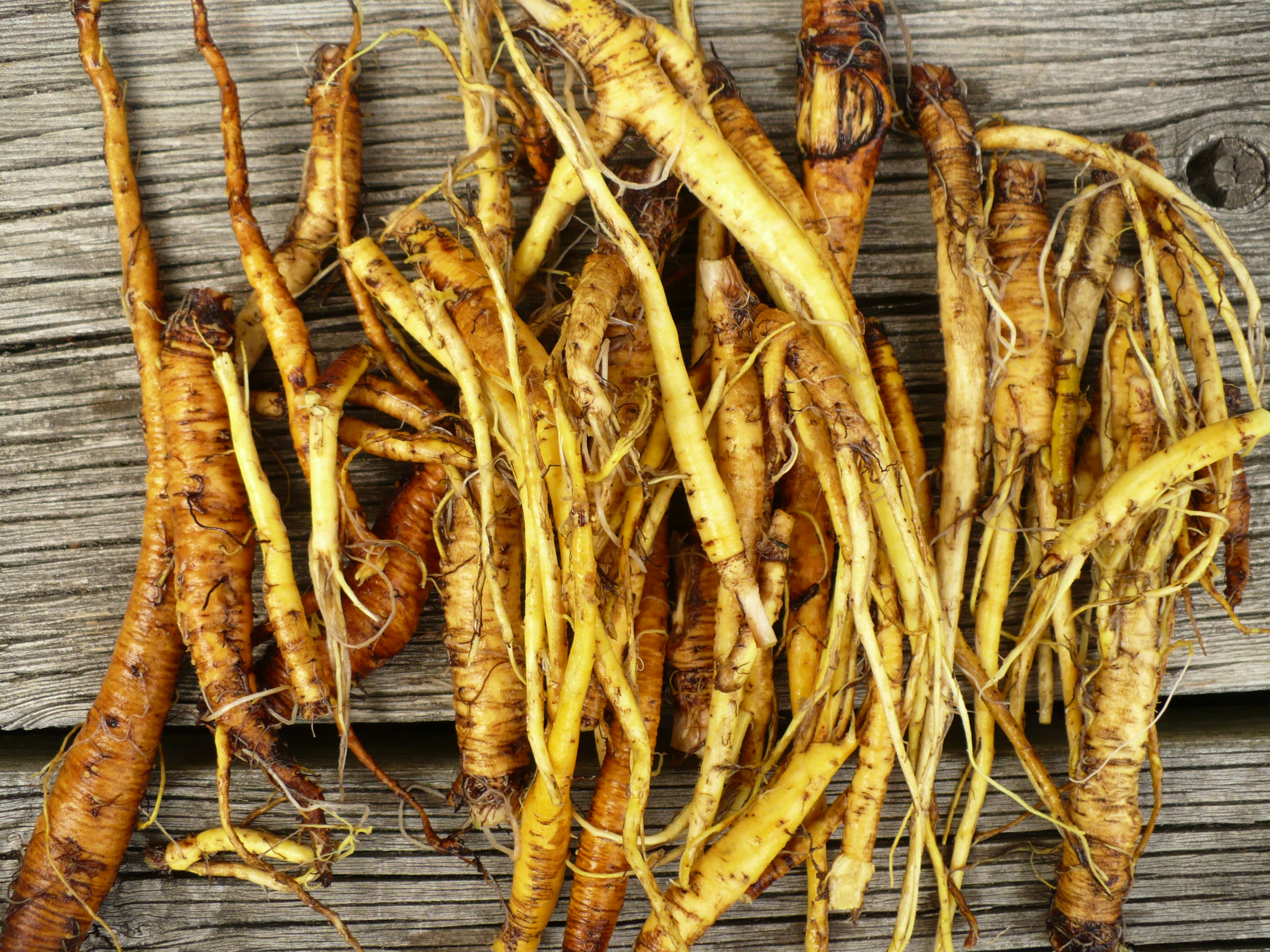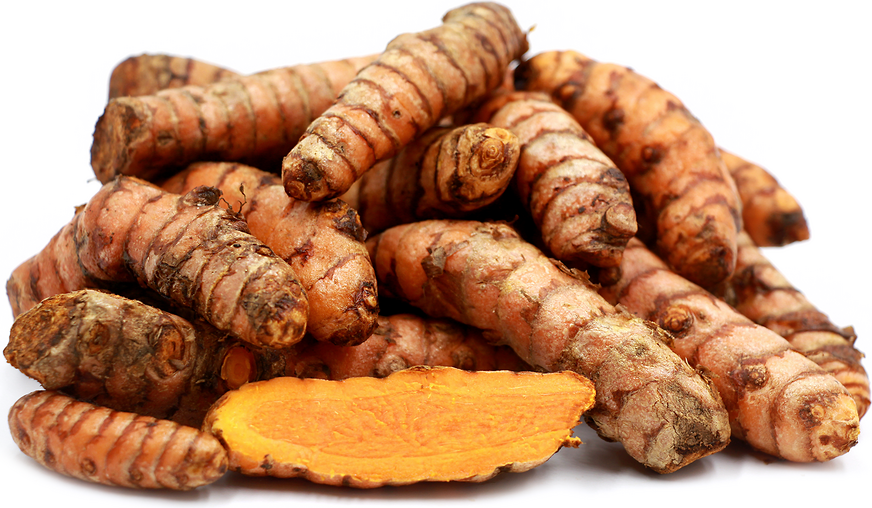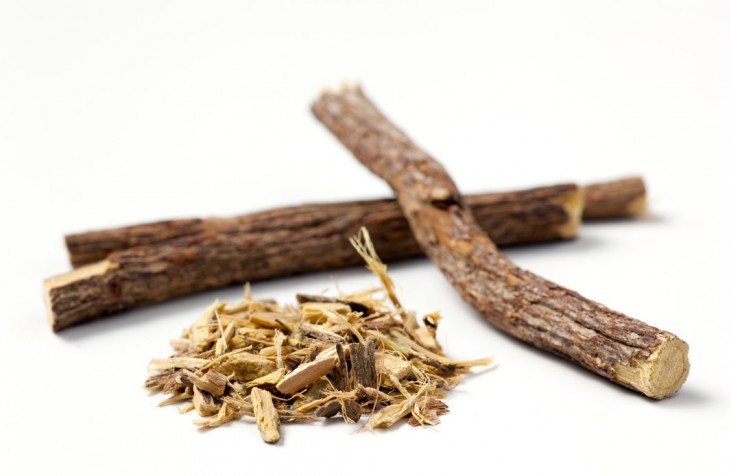Food Resupply Plan for the Oregon Desert Trail
This post details how I planned my food for the Oregon Desert Trail. I’ll post more on general trail information and planning resources in a separate post. This one is all about where, what, and how much I planned for food resupply for the ODT. I’ll do a follow-up post when I return about how this plan worked out.
Grab a cup of coffee. This is a long one, but hopefully you’ll find it’s jam-packed with useful info.
The following table details where I sent each box, the calorie goals for each day, the specific food I sent, and how that broke down in term of macronutrients (percentages of fat, carbs, and protein), as well as total food weight carried.
The calorie goal for each resupply box is in the top left corner of the table for each location. The actual calories in the box are at the bottom of the table for each section, which is also where you’ll find the macro breakdown and the food weight of the box.
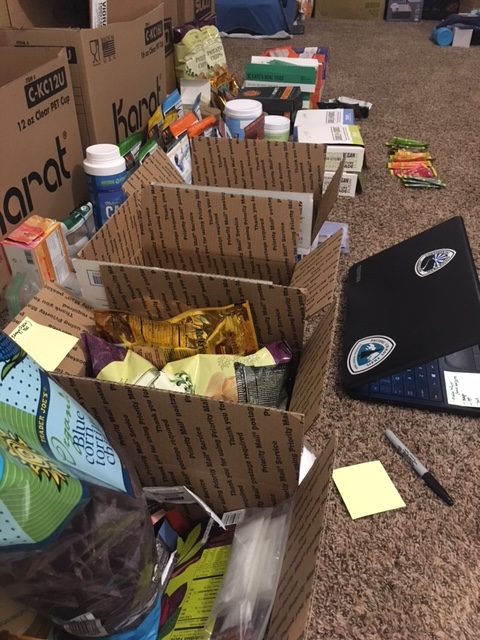
Determining Goal Calorie Intake
I loosely track daily calories and nutrients with the app MyFitnessPal. To create my calorie goals, I used that data of my current intake and expenditure, coupled with knowledge from previous hikes.
The numbers may seem low considering that I’m 5’7″, have a normal BMI, and I’ll be hiking 25-30 miles per day. However, I made them low for a couple reasons: 1) I’m still recovering from a hypo-thyroid issue, and the thyroid is the master regulator of metabolism, so my current basal metabolic rate (BMR) is lower than it has been in the past. I know this because I track my calorie intake and weight. While some might consider the downside of this being that ‘I have to’ eat less food to maintain my weight, the upside of a currently lower BMR is that ‘I get to’ eat less food to maintain my weight. That’s convenient when you’re backpacking and you have to carry it all on your back 🙂 And reason 2) The time frame (30 days) is relatively short, so I won’t get into full on hiker hunger, and if I do go into a calorie deficit, it won’t be for long. You’ll also notice that in each box I include several hundred additional calories above the goal amount, just in case.
Macronutrient Percentages
Let’s start by saying that I strongly believe in bio-individuality. Every body is different. Figure out what works best for you. I mean that in terms of both what your diet is made up of, as well as in terms of calories and macronutrients, and in terms of specific foods you do or do not tolerate well. Food quality and a focus on whole foods is the constant and the details are variable.
I’ve found that I thrive when I eat a diet higher in healthy fats, moderate in protein, and slightly lower in carbs. The numbers in this chart show my diet as generally being 50-60% fat, 10-20% protein, and 30-40% carbohydrate. Off trail, the fat number tends to be higher and the carbs lower, but this is how it settled out for the trail and I’m comfortable with that. We’ll see how I feel.
Also, I’m aware that in the table, the macro percentages don’t always add up to 100%. In a couple spots they add up to 102 or 105%. I believe this is due to averaging values for different varieties/flavors of granola, bars, etc. While this is not ideal, the data is still accurate enough to give a good reflection of what the nutritional spread looks like.
Food Planning on a ‘Restricted Diet’ while Going Stoveless
All foods in this resupply plan are gluten free and dairy free. This list does also not rely heavily on grains or added sugars, though there are a few in there. The focus is on including real foods with either no ingredient list or very short ingredient lists made up of recognizable foods. To avoid toxin exposure, most of these foods are organic.
I firmly believe in doing the best you can, and not obsessing about being perfect. While I’m all for eating a high-quality diet on trail, don’t let the idea overwhelm you to the point where you give up before you start. Start where you’re at and any small improvements you can make in food choices and quality will translate into feeling better on trail and supporting a cleaner environment.
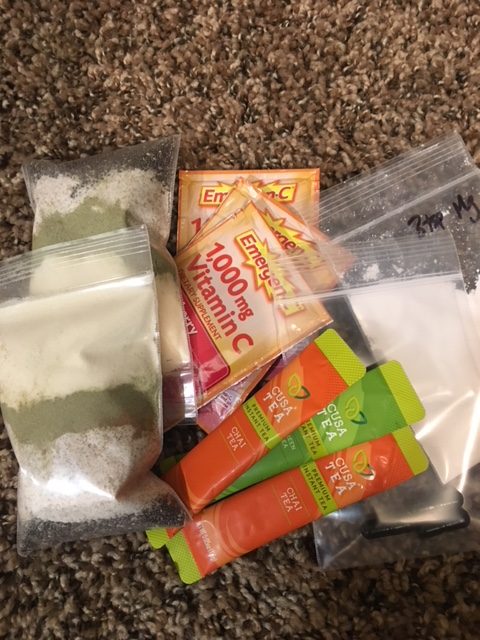
Supplements & Other Items in Each Box
There are a few items that went into each box that aren’t listed in the chart. This includes maps for each section, wet wipes, and supplements. Oh, and resupply baggies of coarse celtic sea salt 🙂
Supplements I’m carrying: Magnesium Citrate Powder to help with muscle relaxation and sleep; Turmeric capsules to reduce overall inflammation; Vitamin C for electrolyte replacement and antioxidants; and probiotics to maintain optimal gut health. Not a ton, just the basics.
I also have cordyceps mushroom powder in my morning smoothie mix, along with the coconut creamer, collagen, chia, and spices. The cordyceps is for improved oxygen utilization and endurance. The spices, while not necessarily supplements, serve similar anti inflammatory and medicinal roles.
For a deep dive into performance nutrition and meal planning for backpackers, check out our online course on the topic.

Specific Brands I Carried
In the table, I left most food descriptions fairly general because I want to convey that in many instances you don’t have to choose one specific brand, and you can often find healthy substitutions that are either more available to you or suit your preferences better. I want the focus to be on the overall quality of the food and the idea that you can fuel a long distance hike with whole foods, made up of real ingredients.
The following are the specific brands I carried on this hike. While some of this food was donated to me, these are all brands I had tried in advance and approve of the ingredients and nutrition profile. I wouldn’t carry them if I wasn’t certain they would fuel my hike properly. Having gone through adrenal and thyroid issues in the past, I’m well aware that my energy and my body are my greatest asset on any long distance hike.
It’s worth it to me to be thoughtful in my food choices, as well as in what brands I support. I like to feel aligned with the brands behind the products I consume to the extent that I can. This also goes for the gear I purchase.
- Laird Superfood Coconut Creamer
- Laird Superfood Hydrate Coconut Water
- Vital Proteins Collagen Powder
- Amazing Grass Greens Powder
- Nutiva Chia Seeds
- Trader Joe’s Almond Butter
- Trader Joe’s Organic Tortilla Chips
- Supernola Granola
- Gorilly Goods Trail Mix
- Wild Zora Meat & Veggie Bar
- Trader Joe’s 85% Cocoa Chocolate
- Wild Zora Meals
- Sante Fe Dehydrated Beans
- Natural Grocers Dehydrated Bulk Veggies
- Trader Joe’s Individual Coconut Oil Packets
- Kate’s Real Food Bars
- Four Points Bars
- Trail Nuggets
- Cusa Premium Organic Instant Tea
If you want ideas for additional foods on my shopping list beyond what’s listed here, download my free Healthy Hiker Grocery Guide here.
Without further ado, my resupply chart. Apologies that this is somewhat difficult to read. My resupply charts have vastly improved since this iteration, but hopefully this at least shows you the structure.
| calories/serving | fat g/serving | carb g/serving | protein g/serving | weight/ serving (grams) | servings taken | total calories | total fat (g) | total protein (g) | total carbs (g) | total weight (g) | |
| Start/eastern terminus (5 days) @ 2000 cal/day = 10000 cal | |||||||||||
| coffee/tea | 0 | 0 | 0 | 0 | 0 | 0 | 0 | 0 | 0 | 0 | 0 |
| laird superfood creamer | 75 | 3 | 3 | 0 | 4 | 5 | 375 | 15 | 0 | 15 | 20 |
| greens powder, cinnamon, ginger, cordyceps | 30 | 5 | 7 | 1 | 10 | 5 | 150 | 25 | 5 | 35 | 50 |
| collagen powder | 70 | 2.5 | 1 | 10 | 15 | 5 | 350 | 12.5 | 50 | 5 | 75 |
| chia seeds (1 tbl) | 60 | 5 | 5 | 3 | 13 | 5 | 300 | 25 | 15 | 25 | 65 |
| almond butter | 190 | 17 | 7 | 7 | 32 | 14 | 2660 | 238 | 98 | 98 | 448 |
| organic corn tortilla chips | 140 | 8 | 15 | 2 | 28 | 8.5 | 1190 | 68 | 17 | 127.5 | 238 |
| trail mix | 200 | 17 | 6 | 12 | 34 | 6 | 1200 | 102 | 72 | 36 | 204 |
| granola | 210 | 16 | 14 | 6 | 42 | 4 | 840 | 64 | 24 | 56 | 168 |
| bars | 260 | 12 | 31 | 10 | 70 | 4 | 1040 | 48 | 40 | 124 | 280 |
| chocolate | 250 | 20 | 13 | 4 | 2.5 | 625 | 50 | 10 | 32.5 | 0 | |
| jerky | 110 | 6 | 10 | 7 | 31 | 4 | 440 | 24 | 28 | 40 | 124 |
| beans | 130 | 0 | 24 | 7 | 35 | 6 | 780 | 0 | 42 | 144 | 210 |
| mixed veg | 30 | 1 | 8 | 3 | 13 | 5 | 150 | 5 | 15 | 40 | 65 |
| coconut oil | 120 | 14 | 0 | 0 | 15 | 4 | 480 | 56 | 0 | 0 | 60 |
| spices | 0 | 0 | 0 | 0 | 0 | 0 | 0 | 0 | 0 | 0 | 0 |
| wild zora dinner | 310 | 7 | 38 | 35 | 85 | 1 | 310 | 7 | 35 | 38 | 85 |
| TOTAL | 9715 | 662 | 381 | 736 | 4.20 | ||||||
| Calories from F/C/P | 5958.00 | 1524 | 2944 | pounds | |||||||
| Percent of Total | 61.33 | 15.69 | 30.30 | ||||||||
| ROME (5.5 days) @ 2200/day =12,000 cal | |||||||||||
| coffee/tea | 0 | 0 | 0 | 0 | 0 | 0 | 0 | 0 | 0 | 0 | 0 |
| laird superfood creamer | 135 | 3 | 3 | 0 | 4 | 5 | 675 | 15 | 0 | 15 | 20 |
| chia seeds (1 tbl) | 60 | 5 | 5 | 3 | 13 | 5 | 300 | 25 | 15 | 25 | 65 |
| greens powder, cinnamon, ginger, cordyceps | 30 | 5 | 7 | 1 | 10 | 5 | 150 | 25 | 5 | 35 | 50 |
| collagen powder | 70 | 2.5 | 1 | 10 | 15 | 5 | 350 | 12.5 | 50 | 5 | 75 |
| hydrate mix | 40 | 0 | 10 | 0 | 12 | 9 | 360 | 0 | 0 | 90 | 108 |
| 0 | |||||||||||
| almond butter | 190 | 17 | 7 | 7 | 32 | 14 | 2660 | 238 | 98 | 98 | 448 |
| organic corn tortilla chips | 140 | 8 | 15 | 2 | 28 | 8.6 | 1204 | 68.8 | 17.2 | 129 | 240.8 |
| granola | 200 | 16 | 14 | 6 | 42 | 6 | 1200 | 96 | 36 | 84 | 252 |
| jerky | 110 | 6 | 10 | 7 | 31 | 4 | 440 | 24 | 28 | 40 | 124 |
| bars | 260 | 12 | 31 | 10 | 70 | 8 | 2080 | 96 | 80 | 248 | 560 |
| trail mix | 210 | 17 | 6 | 12 | 34 | 6 | 1260 | 102 | 72 | 36 | 204 |
| chocolate | 250 | 20 | 13 | 4 | 2.5 | 625 | 50 | 10 | 32.5 | 0 | |
| 0 | |||||||||||
| wild zora dinner | 340 | 2 | 32 | 41 | 85 | 1 | 340 | 2 | 41 | 32 | 85 |
| beans | 130 | 0 | 24 | 7 | 35 | 6 | 780 | 0 | 42 | 144 | 210 |
| mixed veg | 30 | 1 | 8 | 3 | 13 | 5 | 150 | 5 | 15 | 40 | 65 |
| coconut oil | 120 | 14 | 0 | 0 | 15 | 4 | 480 | 56 | 0 | 0 | 60 |
| spices | 0 | 0 | 0 | 0 | 0 | 0 | 0 | 0 | 0 | 0 | 0 |
| TOTAL | 13054 | 815.3 | 509.2 | 1053.5 | 5.73 | ||||||
| Calories from F/C/P | 7337.70 | 2036.8 | 4214 | pounds | |||||||
| Percent of Total | 56.21 | 15.60 | 32.28 | ||||||||
| (MCDERMITT: BUY IN TOWN) | |||||||||||
| FIELDS (3 days) @ 2500 cal/day =7500 cal | |||||||||||
| coffee/tea | 0 | 0 | 0 | 0 | 0 | 0 | 0 | 0 | 0 | 0 | 0 |
| laird superfood creamer | 75 | 3 | 3 | 0 | 4 | 3 | 225 | 9 | 0 | 9 | 12 |
| greens powder, cinnamon, ginger, cordyceps | 30 | 5 | 7 | 1 | 10 | 3 | 90 | 15 | 3 | 21 | 30 |
| collagen powder | 70 | 2.5 | 1 | 10 | 15 | 3 | 210 | 7.5 | 30 | 3 | 45 |
| chia (1 tbl) | 60 | 5 | 5 | 3 | 13 | 3 | 180 | 15 | 9 | 15 | 39 |
| 0 | 0 | 0 | 0 | ||||||||
| almond butter | 190 | 17 | 7 | 7 | 32 | 14 | 2660 | 238 | 98 | 98 | 448 |
| potato chips | 140 | 7 | 17 | 2 | 28 | 7 | 980 | 49 | 14 | 119 | 196 |
| bars | 260 | 12 | 31 | 10 | 70 | 3 | 780 | 36 | 30 | 93 | 210 |
| trail mix | 210 | 17 | 6 | 12 | 34 | 4 | 840 | 68 | 48 | 24 | 136 |
| granola | 210 | 16 | 14 | 6 | 42 | 2 | 420 | 32 | 12 | 28 | 84 |
| jerkey | 110 | 6 | 10 | 7 | 31 | 3 | 330 | 18 | 21 | 30 | 93 |
| 0 | 0 | 0 | 0 | ||||||||
| wild zora meal | 310 | 2 | 32 | 41 | 85 | 1 | 310 | 2 | 41 | 32 | 85 |
| beans | 130 | 0 | 24 | 7 | 35 | 6 | 780 | 0 | 42 | 144 | 210 |
| mixed veg | 30 | 1 | 8 | 3 | 13 | 5 | 150 | 5 | 15 | 40 | 65 |
| coconut oil | 120 | 14 | 0 | 0 | 15 | 4 | 480 | 56 | 0 | 0 | 60 |
| spices | 0 | 0 | 0 | 0 | 0 | 0 | 0 | 0 | 0 | 0 | 0 |
| TOTAL | 8435 | 550.5 | 363 | 656 | 3.82 | ||||||
| Calories from F/C/P | 4954.50 | 1452 | 2624 | pounds | |||||||
| Percent of Total | 58.74 | 17.21 | 31.11 | ||||||||
| FRENCHGLEN (4 days) @2500 cal/day =10,000 cal | |||||||||||
| coffee/tea | 0 | 0 | 0 | 0 | 0 | 0 | 0 | 0 | 0 | 0 | 0 |
| laird superfood creamer | 75 | 3 | 3 | 0 | 4 | 5 | 375 | 15 | 0 | 15 | 20 |
| greens powder, cinnamon, ginger, cordyceps | 30 | 5 | 7 | 1 | 10 | 5 | 150 | 25 | 5 | 35 | 50 |
| collagen powder | 70 | 2.5 | 1 | 10 | 15 | 5 | 350 | 12.5 | 50 | 5 | 75 |
| chia (1 tbl) | 60 | 5 | 5 | 3 | 13 | 5 | 300 | 25 | 15 | 25 | 65 |
| 0 | 0 | 0 | 0 | ||||||||
| almond butter | 190 | 17 | 7 | 7 | 32 | 14 | 2660 | 238 | 98 | 98 | 448 |
| potato chips | 100 | 7 | 17 | 2 | 28 | 10 | 1000 | 70 | 20 | 170 | 280 |
| trail mix | 210 | 17 | 6 | 12 | 34 | 5 | 1050 | 85 | 60 | 30 | 170 |
| granola | 200 | 16 | 14 | 6 | 42 | 4 | 800 | 64 | 24 | 56 | 168 |
| bars | 250 | 12 | 31 | 10 | 70 | 8 | 2000 | 96 | 80 | 248 | 560 |
| chocolate | 250 | 20 | 13 | 4 | 2.5 | 625 | 50 | 10 | 32.5 | 0 | |
| jerky | 110 | 6 | 10 | 7 | 31 | 3 | 330 | 18 | 21 | 30 | 93 |
| 0 | 0 | 0 | 0 | ||||||||
| wild zora dinner | 370 | 8 | 33 | 36 | 85 | 1 | 370 | 8 | 36 | 33 | 85 |
| beans | 130 | 0 | 24 | 7 | 35 | 6 | 780 | 0 | 42 | 144 | 210 |
| mixed veg | 30 | 1 | 8 | 3 | 13 | 5 | 150 | 5 | 15 | 40 | 65 |
| coconut oil | 120 | 14 | 0 | 0 | 15 | 4 | 480 | 56 | 0 | 0 | 60 |
| spices | 0 | 0 | 0 | 0 | 0 | 0 | 0 | 0 | 0 | 0 | 0 |
| TOTAL | 11420 | 767.5 | 476 | 961.5 | 5.24 | ||||||
| Calories from F/C/P | 6907.50 | 1904 | 3846 | pounds | |||||||
| Percent of Total | 60.49 | 16.67 | 33.68 | ||||||||
| PLUSH (2 days) @ 2500 cal/day = 5000 cal | |||||||||||
| coffee/tea | 0 | 0 | 0 | 0 | 0 | 0 | 0 | 0 | 0 | 0 | 0 |
| laird superfood creamer | 75 | 3 | 3 | 0 | 4 | 5 | 375 | 15 | 0 | 15 | 20 |
| greens powder, cinnamon, ginger, cordyceps | 30 | 5 | 7 | 1 | 10 | 5 | 150 | 25 | 5 | 35 | 50 |
| collagen powder | 70 | 2.5 | 1 | 10 | 15 | 5 | 350 | 12.5 | 50 | 5 | 75 |
| chia (1 tbl) | 60 | 5 | 5 | 3 | 13 | 5 | 300 | 25 | 15 | 25 | 65 |
| 0 | 0 | 0 | 0 | ||||||||
| wild zora breakfast | 520 | 36 | 43 | 10 | 92 | 1 | 520 | 36 | 10 | 43 | 92 |
| trail mix | 210 | 17 | 6 | 12 | 34 | 4 | 840 | 68 | 48 | 24 | 136 |
| granola | 200 | 16 | 14 | 6 | 42 | 4 | 800 | 64 | 24 | 56 | 168 |
| bars | 250 | 12 | 31 | 10 | 70 | 10 | 2500 | 120 | 100 | 310 | 700 |
| jerky | 110 | 2 | 220 | 0 | 0 | 0 | 0 | ||||
| nut butter | 180 | 14 | 8 | 9 | 32 | 1 | 180 | 14 | 9 | 8 | 32 |
| wild zora dinner | 370 | 8 | 33 | 36 | 85 | 1 | 370 | 8 | 36 | 33 | 85 |
| TOTAL | 6605 | 387.5 | 297 | 554 | 3.18 | ||||||
| Calories from F/C/P | 3487.50 | 1188 | 2216 | pounds | |||||||
| Percent of Total | 52.80 | 17.99 | 33.55 | ||||||||
| (LAKEVIEW: BUY IN TOWN) | |||||||||||
| PAISLEY (2 days) @ 2500 cal/day = 5000 cal | |||||||||||
| coffee/tea | 0 | 0 | 0 | 0 | 0 | 0 | 0 | 0 | 0 | 0 | 0 |
| laird superfood creamer | 75 | 3 | 3 | 0 | 4 | 5 | 375 | 15 | 0 | 15 | 20 |
| greens powder, cinnamon, ginger, cordyceps | 30 | 5 | 7 | 1 | 10 | 5 | 150 | 25 | 5 | 35 | 50 |
| collagen powder | 70 | 2.5 | 1 | 10 | 15 | 5 | 350 | 12.5 | 50 | 5 | 75 |
| choc coconut creamer | 35 | 1 | 2 | 0 | 3 | 12 | 420 | 12 | 0 | 24 | 36 |
| wild zora breakfast | 520 | 38 | 40 | 11 | 92 | 1 | 520 | 38 | 11 | 40 | 92 |
| trail mix | 200 | 17 | 6 | 12 | 34 | 4 | 800 | 68 | 48 | 24 | 136 |
| granola | 200 | 16 | 14 | 6 | 42 | 4 | 800 | 64 | 24 | 56 | 168 |
| bars | 260 | 12 | 31 | 10 | 70 | 10 | 2600 | 120 | 100 | 310 | 700 |
| jerkey | 110 | 6 | 10 | 7 | 31 | 2 | 220 | 12 | 14 | 20 | 62 |
| wild zora dinner | 340 | 7 | 38 | 35 | 85 | 1 | 340 | 7 | 35 | 38 | 85 |
| TOTAL | 6575 | 373.5 | 287 | 567 | 3.18 | ||||||
| Calories from F/C/P | 3361.50 | 1148 | 2268 | pounds | |||||||
| Percent of Total | 51.13 | 17.46 | 34.49 | ||||||||
| CHRISTMAS VALLEY (4 days) @ 2500 cal/day=10,000 | |||||||||||
| coffee/tea | 0 | 0 | 0 | 0 | 0 | 0 | 0 | 0 | 0 | 0 | 0 |
| laird superfood creamer | 75 | 3 | 3 | 0 | 4 | 5 | 375 | 15 | 0 | 15 | 20 |
| greens powder, cinnamon, ginger, cordyceps | 30 | 5 | 7 | 1 | 10 | 5 | 150 | 25 | 5 | 35 | 50 |
| collagen powder | 70 | 2.5 | 1 | 10 | 15 | 5 | 350 | 12.5 | 50 | 5 | 75 |
| choc coconut creamer | 35 | 1 | 2 | 0 | 3 | 12 | 420 | 12 | 0 | 24 | 36 |
| almond butter | 190 | 17 | 7 | 7 | 32 | 14 | 2660 | 238 | 98 | 98 | 448 |
| potato chips | 100 | 7 | 17 | 2 | 28 | 10 | 1000 | 70 | 20 | 170 | 280 |
| trail mix | 200 | 17 | 6 | 12 | 34 | 6 | 1200 | 102 | 72 | 36 | 204 |
| bars | 260 | 12 | 31 | 10 | 70 | 7 | 1820 | 84 | 70 | 217 | 490 |
| chocolate | 250 | 20 | 13 | 4 | 2.5 | 625 | 50 | 10 | 32.5 | 0 | |
| jerky | 110 | 6 | 10 | 7 | 31 | 5 | 550 | 30 | 35 | 50 | 155 |
| beans | 130 | 0 | 24 | 7 | 35 | 6 | 780 | 0 | 42 | 144 | 210 |
| mixed veg | 30 | 1 | 8 | 3 | 13 | 5 | 150 | 5 | 15 | 40 | 65 |
| coconut oil | 120 | 14 | 0 | 0 | 15 | 4 | 480 | 56 | 0 | 0 | 60 |
| spices | 0 | 0 | 0 | 0 | 0 | 0 | 0 | 0 | 0 | 0 | 0 |
| TOTAL | 9685 | 647 | 362 | 811.5 | 4.35 | ||||||
| Calories from F/C/P | 5823.00 | 1448 | 3246 | pounds | |||||||
| Percent of Total | 60.12 | 14.95 | 33.52 |
Questions? Post them in the comments below.


